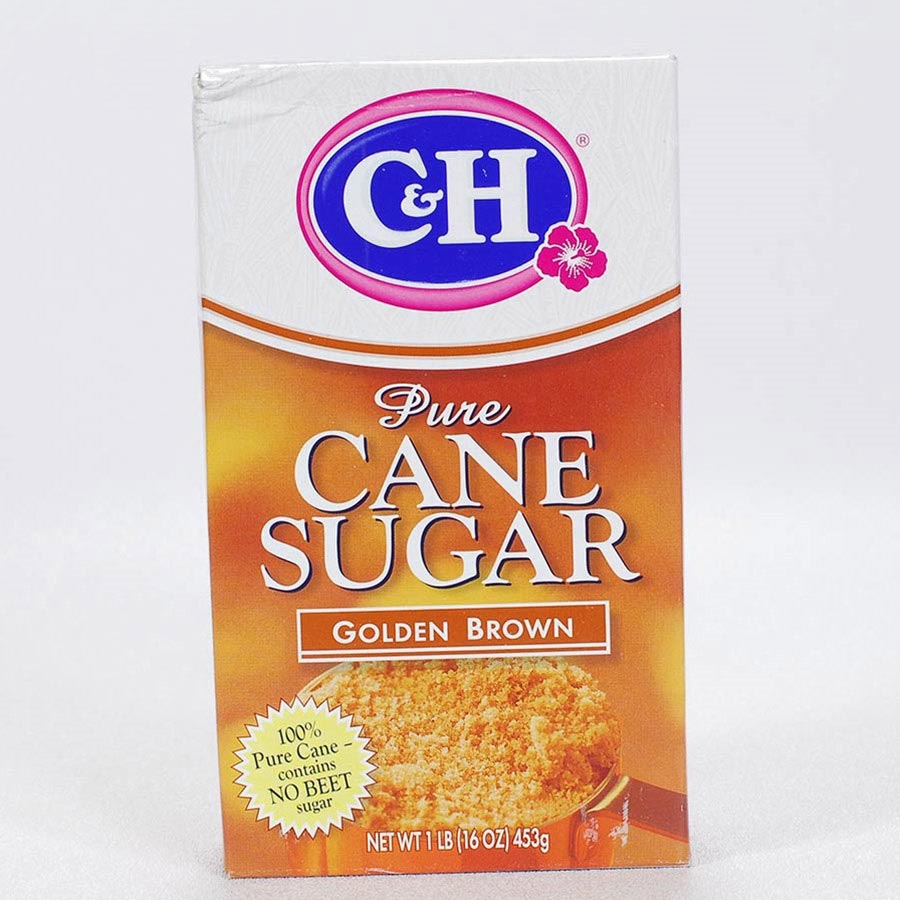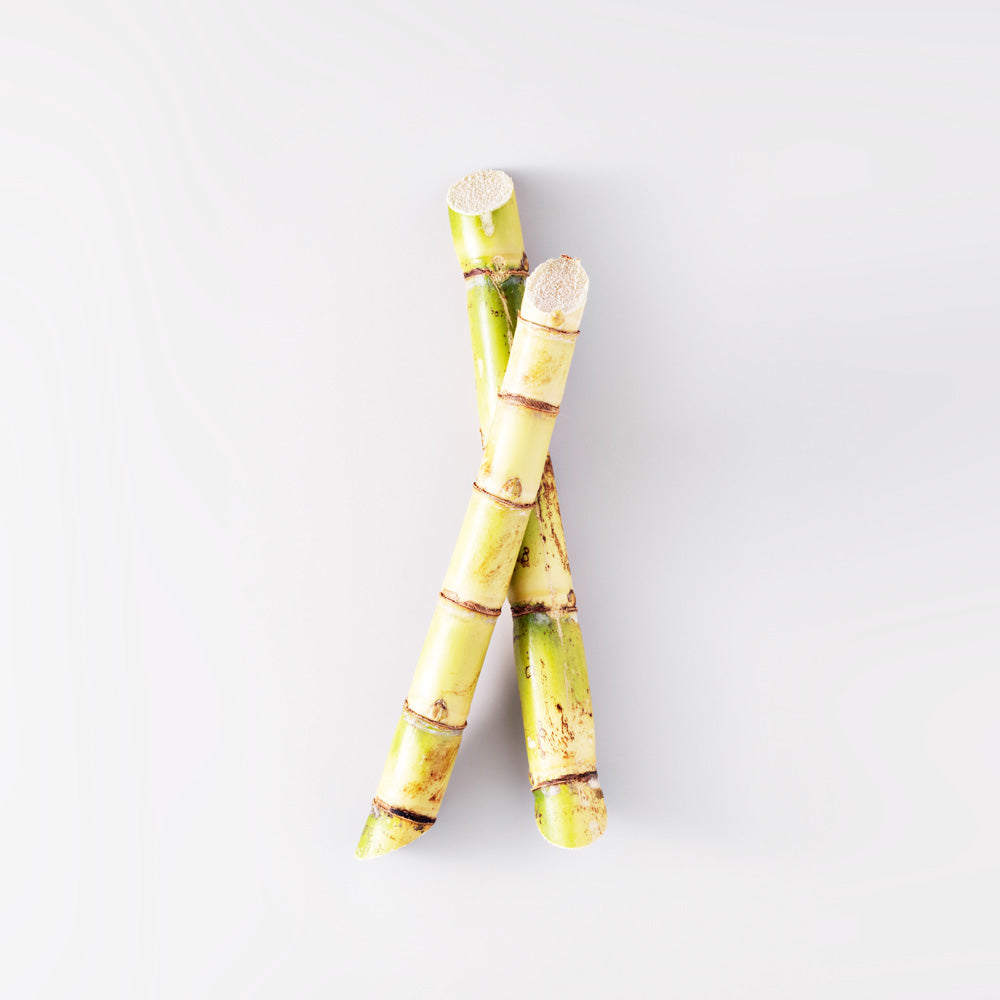The Trip of Cane Sugar Processing: From Harvest to Crystals
The Trip of Cane Sugar Processing: From Harvest to Crystals
Blog Article
Exploring the Comprehensive Tips Associated With Walking Stick Sugar Processing From Gathering to Refinement
The procedure of walking cane sugar production includes a series of complex steps, beginning with the cautious harvesting of sugarcane and finishing in the improvement phases that guarantee the final item meets sector standards. Each stage, from the removal of juice to the purification and condensation processes, plays a crucial role in figuring out the quality and personality of the sugar.
Gathering Sugarcane
Harvesting sugarcane is an essential action in the walking cane sugar processing chain, as it directly affects the quality and return of the final item. Appropriate timing and methods are crucial during this stage to guarantee optimum sugar material and decrease losses. Normally, sugarcane is harvested when it reaches maturity, normally 12 to 18 months after planting, identified by a high sucrose concentration.

Post-harvest, the sugarcane should be refined swiftly to avoid sucrose destruction. Preferably, harvested cane needs to be transported to refining centers within 24 hr to preserve sugar quality. For that reason, reliable logistical planning is critical to keep the integrity of the gathered plant throughout the supply chain.
Extraction Refine

The smashed walking cane goes through a series of pushing operations to make the most of juice recuperation. Normally, warm water is sprayed onto the crushed cane, creating a countercurrent circulation that aids dissolve the sugar while likewise helping in the extraction process. The juice accumulated from this procedure includes not only sugar however likewise various natural substances and impurities.

To enhance extraction efficiency, some centers may utilize diffusion techniques, where the sugarcane is taken in hot water, enabling the soluble sugars to diffuse into the fluid. The resulting juice, rich in sucrose, is then guided to subsequent handling phases, laying the foundation for purification and improvement. The removal process is therefore crucial in determining the high quality and yield of the final sugar item.
Filtration Methods
The filtration methods employed in cane sugar handling are vital for transforming the raw juice into a top quality sugar product. These methods largely intend to remove pollutants, such as soil, plant materials, and inorganic materials, which can negatively affect the end product's taste and shade.
One of the most common filtration techniques is information. This process includes adding lime and warmth to the raw juice, which promotes the coagulation of impurities. The resulting precipitate is after that gotten rid of through sedimentation or filtration, yielding a more clear juice. Furthermore, the usage of phosphoric acid can boost the explanation procedure by further binding contaminations.
One more substantial technique is carbonatation, where carbon dioxide is introduced to the cleared up juice. This reaction creates calcium carbonate, which records staying impurities and promotes their elimination.
Moreover, turned on carbon treatment might be related to adsorb any type of staying colorants and organic impurities, making certain an extra refined product. The mix of these methods successfully prepares the sugar juice for succeeding action in the refining process, establishing the stage for the manufacturing of high-quality check walking cane sugar.
Crystallization Techniques
After the filtration phase, the following important action in walking cane sugar processing involves crystallization approaches, which play an essential role in transforming the clarified juice right into solid sugar. This procedure generally employs two key techniques: spontaneous formation and controlled condensation.
In spontaneous formation, supersaturated sugar services are allowed to cool down normally, leading to the formation of sugar crystals over time. This approach enables for the uniform development of sugar crystals and higher purity.
Throughout condensation, the made clear juice is concentrated through evaporation, raising its sugar content till it reaches supersaturation. Once this point is accomplished, either technique can facilitate the condensation process. Cane Sugar Processing. The resultant sugar crystals are then separated from the remaining syrup through centrifugation
Ultimately, the choice of formation technique influences the top quality, dimension, and pureness of the last sugar product, making this step vital in the general walking stick sugar processing treatment.
Improvement and Product Packaging
Exactly how can the pureness and top quality of walking stick sugar be even more improved after crystallization? The improvement process plays a vital function in accomplishing high-grade walking cane sugar. Complying with condensation, sugar goes through a complete cleaning to remove contaminations and recurring molasses. This is usually completed using warm water or heavy steam, which assists liquify and extract undesirable components while maintaining the sugar crystals.
Next, the sugar this contact form undergoes a process called centrifugation, where it is rotated at high speeds to separate the detoxified sugar crystals from the continuing to be liquid. After centrifugation, the sugar is frequently further fine-tuned with a technique called carbonization or phosphatation, which utilizes activated carbon or phosphoric acid to eliminate color and off-flavors.
Once fine-tuned, the sugar is dried to attain the preferred dampness material, ensuring that it remains stable throughout storage and transportation. The final step includes packaging the polished sugar in airtight and moisture-proof containers to preserve its quality and prevent contamination. Cane Sugar Processing. Proper product packaging not just extends life span but also facilitates very easy handling and circulation, guaranteeing that consumers receive sugar that satisfies the highest possible criteria of purity and quality
Final Thought
The detailed steps associated with cane sugar processing, from the meticulous harvesting of sugarcane to the complex improvement and packaging phases, underscore the significance of each stage in ensuring top notch sugar production. Optimum harvesting techniques, efficient extraction techniques, and extensive purification procedures jointly add to the end product's purity and security. The formation and subsequent packaging techniques further boost the integrity and rack life of the sugar, highlighting the complexity and accuracy fundamental find out here in this necessary agricultural industry.
The process of cane sugar manufacturing incorporates a collection of intricate steps, starting with the mindful harvesting of sugarcane and finishing in the improvement stages that guarantee the final item meets industry requirements. Ideally, collected walking stick ought to be carried to refining facilities within 24 hours to maintain sugar high quality.In spontaneous formation, supersaturated sugar options are allowed to cool down naturally, leading to the formation of sugar crystals over time - Cane Sugar Processing. The improvement process plays a crucial duty in attaining premium walking stick sugar.The thorough actions entailed in cane sugar handling, from the thorough harvesting of sugarcane to the elaborate improvement and packaging phases, highlight the importance of each stage in making sure top notch sugar production
Report this page